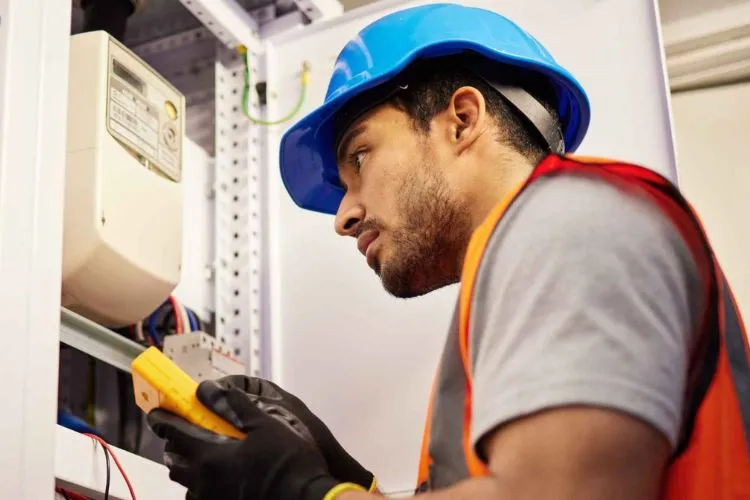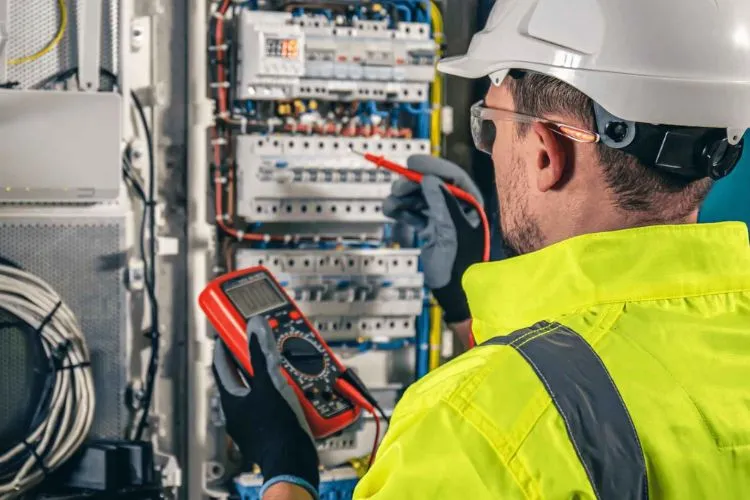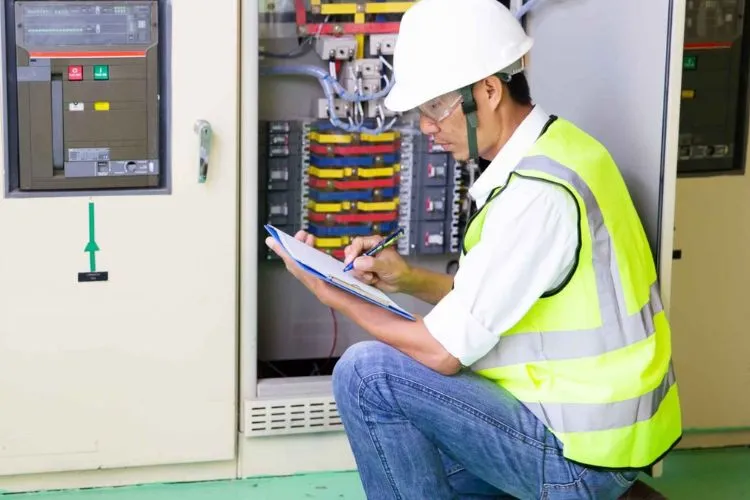Experiencing a generator that runs but fails to produce power can be frustrating. This article guides you through the process of diagnosing and fixing “generator runs but no power” issue.
Addressing it promptly ensures the reliability of your generator when you need it most.

Common Causes of the Issue
Circuit Breaker Tripped
A circuit breaker might trip due to an overload, cutting off the power supply even though the generator runs. Check the circuit breaker. If it has tripped, reset it. This might resolve the issue.
Faulty Alternator
The heart of your generator’s ability to produce electricity lies in the alternator. A faulty alternator can halt power production.
Look for signs like unusual noises or visible wear and tear. This problem often requires a professional’s inspection and repair.
AVR (Automatic Voltage Regulator) Problems
The AVR plays a crucial role in stabilizing the output voltage. If the AVR fails, your generator might run without delivering power.
To diagnose AVR issues, you may need to perform specific tests. In most cases, replacing a malfunctioning AVR solves the problem.
Loose or Corroded Connections
Connections within your generator can become loose or corroded over time, preventing power generation. Carefully inspect all connections.
Cleaning or tightening them might fix the issue. Always ensure safety by turning off the generator before touching any wires.
Generator Runs But No Power: How To Fix?
Initial Safety Precautions
Safety comes first. Turn off the generator and disconnect any appliances or equipment. Use appropriate safety gear like gloves and goggles during the troubleshooting process.
Visual Inspection
Begin with a visual check. Look for obvious signs of damage such as cracked components or burnt wires.
Identifying and addressing visible issues can sometimes quickly resolve the problem.
Testing Electrical Components
Using a multimeter, test the generator’s alternator, fuses, and circuit breakers. The readings obtained can indicate whether these components are working correctly.
For example, a failed fuse is an easy fix but signals a deeper issue in your generator that needs attention.
Power Output Testing
Testing the power output with a voltmeter helps determine if the generator is producing electricity. If the voltage is below expected ranges, this points towards an internal malfunction.
Maintenance Tips to Prevent Power Issues
Regular cleaning of the generator and a periodic inspection of its parts play a vital role in preventing power issues.
Schedule professional maintenance annually. This proactive approach catches and resolves potential problems before they escalate.
When to Call a Professional?

Understanding when to seek help from a professional is important. If after your initial checks and fixes the problem persists, or you’re unsure about a particular step, it’s wise to call a technician.
They have the expertise to diagnose and solve complex issues safely and efficiently.
Understanding Your Generator’s Components
Understanding the intricate workings of your generator starts by familiarizing yourself with its core components.
At the heart lies the alternator, which transforms mechanical energy into electrical power through electromagnetic induction. It is essential for generating the electricity that powers your devices.
The Automatic Voltage Regulator (AVR) plays a crucial role in maintaining a consistent output voltage from the generator, protecting your appliances from damage due to voltage fluctuations.
Lastly, the battery is key to starting the generator, storing electrical energy needed to power the electric starter.
Each component works in harmony to ensure your generator produces power efficiently and reliably.
Knowing how these parts function together not only aids in troubleshooting but also helps in maintaining your generator’s longevity and performance.
You may also read: Why Does My Generator Keep Shutting Off?
Generator Power Output Capacity
Understanding your generator’s power output capacity is crucial in optimizing its functionality and preventing system failures.
Each generator has a specified maximum output capacity, typically measured in watts or kilowatts, which indicates the total amount of power it can produce safely at any given time.
Overloading a generator by connecting appliances or tools that exceed its capacity can lead to serious problems.

This overpowering doesn’t just strain the machine; it can cause it to shut down electrically while still running mechanically. Such situations can damage both the generator and connected devices.
Therefore, always calculate the total wattage of the devices you plan to power simultaneously and ensure this does not exceed your generator’s capacity.
By managing this balance, you safeguard the functionality and enhance the lifespan of your generator.
Frequently Asked Questions (FAQs)
Why does my generator suddenly lose power?
Sudden power loss in generators can be due to various reasons, including overloaded circuits, fuel issues, or mechanical failures. Immediate troubleshooting is recommended to identify and fix the problem.
Can a generator run without producing voltage and why?
Yes, a generator can run without producing voltage if there are issues with the alternator, AVR, or if there’s a tripped circuit breaker. These components play a critical role in electricity generation.
What are the first things to check when a generator isn’t producing power?
Start with checking the circuit breaker, ensuring it hasn’t tripped. Then, inspect for any visible damages or lose connections. Testing the alternator and AVR also helps pinpoint the issue.
How often should a generator be serviced to avoid power issues?
Generators should undergo professional maintenance at least once a year. However, the frequency might increase based on usage and environmental conditions.
Are there any DIY fixes for a generator that runs but doesn’t generate power?
Yes, resetting tripped circuit breakers, tightening loose connections, and cleaning corroded parts are some DIY fixes. However, understanding the limitations of DIY repairs is important for safety and effectiveness.
Conclusion:
A generator that runs but fails to produce power is a common issue with several potential causes.
From tripped circuit breakers to faulty alternators, understanding the root causes and knowing how to address them is essential. Regular maintenance and timely repairs ensure your generator remains reliable when you need it.
By approaching generator issues with a methodical mindset and proper safety measures, most problems can be diagnosed and resolved.
Regular care and timely professional intervention extend the life and performance of your generator, ensuring it serves you well when its services are most needed.
